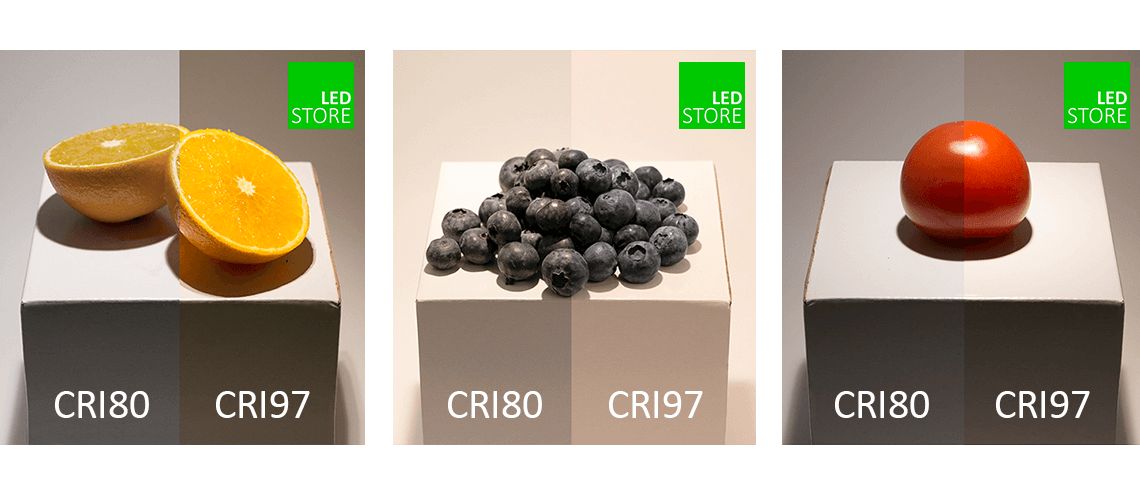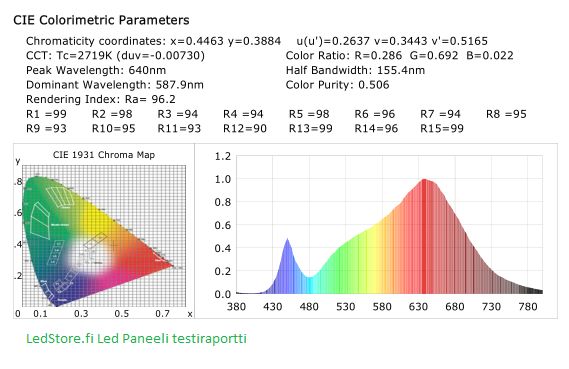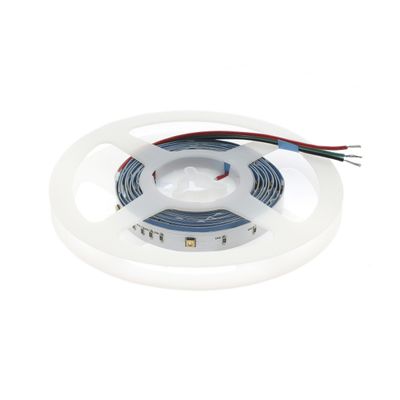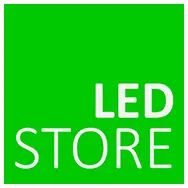UV Led ribbon, UVA and UVC selectable, 2m roll
This UV led ribbon has 2 UV led circuits in one. You can choose at the installation stage whether to use UVA or UVC light.
NOTE: Both UVA and UVC consume 7W/m each, so if you use both simultaneously, the strip will draw 14W per meter.
UVC light is used for disinfection and UVA light is used to create glowing light effects in theatres and restaurants.
What is UV light?
Ultraviolet (UV) light is a part of the electromagnetic spectrum that lies between visible light and X-rays. It is invisible to the human eye but has significant effects on the environment and many applications.
Properties and benefits of UV light
Different wavelengths and invisibility
UV light has a shorter wavelength than visible light and its spectrum is divided into three subcategories: UVA (320-400 nm), UVB (280-320 nm) and UVC (100-280 nm). Although UV light is invisible to the human eye, it produces a fluorescent effect on some substances and can cause the "black light effect", known as the "black light effect" in gloss paintings.
Sterilisation and disinfection
The main use of UV light is for sterilisation and disinfection. In particular, UVC radiation has an effective ability to kill bacteria, viruses and other micro-organisms, making it widely used in applications such as hospitals, the food industry and air purifiers.
Creating light effects
The UVA radiation of the UV-Led light strip creates "NEON" light effects, which are used in events and restaurants.
UV light in LED strip lighting
LedStore's UV-led light strip contains UVA (390-410nm) and UVC (260-265nm) wavelengths, so the same led light strip can provide the desired wavelength depending on the connection. For example, disinfection requires more powerful UVC radiation, while UVA radiation is used to create light effects.
UVA light strip
The most common use of UV led in a strip light is UVA radiation, which is less harmful to humans and the environment. These strip lights are often used in theatres, nightclubs and various events to create lighting effects and highlight fluorescent materials. UVA radiation is the gentlest form of ultraviolet radiation and is included in the sunlight we are exposed to every day. UVA constitutes about 95% of all UV radiation reaching the earth, with wavelengths between 320 and 400 nanometres (nm).
The uses and effects of UVA radiation include:
- Skin tanning: UVA radiation hitting the skin stimulates melanocytes in the skin to produce more of the colour pigment melanin. This forms a tan, which is actually our body's defence mechanism, providing protection from more harmful UVB radiation. Typically, tanning beds use around 100 to 200 watts per square metre to achieve an effective tan.
- Phototherapy: UVA radiation can be used in combination with medication to treat skin conditions such as psoriasis, atopic dermatitis and vitiligo. This is because UVA radiation has anti-inflammatory and anti-cell growth effects. In phototherapy for skin diseases, such as PUVA (Psoralen + UVA) therapy, the UVA light output per square metre can be between 20 and 100 watts per square metre.
- Fluorescence phenomenon: UVA radiation can cause some substances to fluoresce, i.e. glow different colours. This property is used in theatres, nightclubs, events, etc. to create different lighting effects and to highlight certain materials. The UVA light used for lighting effects in theatres, nightclubs or other events can be between 10 and 40 watts per square metre. This varies greatly depending on the space and the desired effect
- Photochemical reactions: the energy of UVA radiation can cause photochemical reactions such as photocatalytic processes or photopolymerisation. These reactions are exploited in many industrial applications, such as light curing and photocopiers. Industrial applications, such as photocatalysis and photopolymerisation processes, typically require around 10 to 60 watts per square metre. This estimate varies greatly depending on the process and requirements of the application, and further experiments and measurements are required for optimisation according to each process.
All estimates given are rough and may vary from application to application. It is recommended to follow the guidance and recommendations of industry experts in determining the UVA light output for each application. LedStore does not manufacture medical devices.
UVC light strips
UV light strips contain UVC radiation, which is highly effective for disinfection and sterilisation. These light strips are ideal for use in hospitals, laboratories and the food industry, where hygiene is very important. The 260-265 nm wavelength falls within the UVC spectrum, which is known for its ability to destroy bacteria and viruses.
The effectiveness of UVC radiation in removing bacteria from surfaces depends on a number of factors, including the intensity of the radiation, the duration of exposure, the type of bacteria and the thickness of the plane at which the bacteria are present. In general, effective bacterial destruction requires UVC radiation intensities of about 30-100 milliwatts per square metre (mW/m²) and exposure should last for several seconds to minutes. This means that the effectiveness can vary greatly depending on the conditions and the level of bacterial destruction required. Ceiling installation means a longer distance for light to reach surfaces, so we recommend 1W/metre.
Safety and site considerations
Exposure to UV light can have adverse health effects, so particular attention must be paid to safety. When positioning UV light strips, care must be taken to ensure that people are not overexposed to radiation, and the UVC lamp can only be used when the area is unoccupied.



